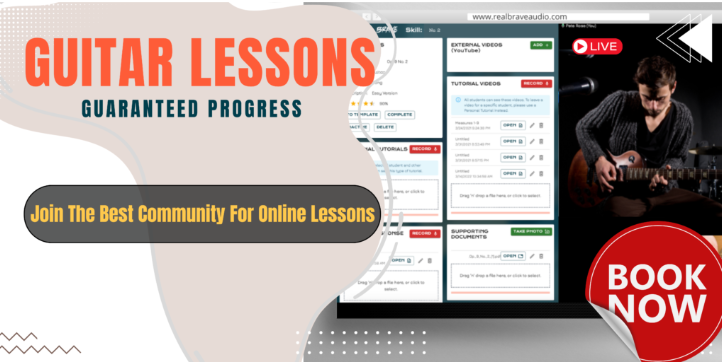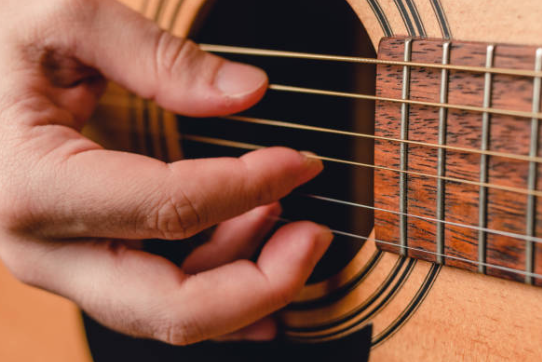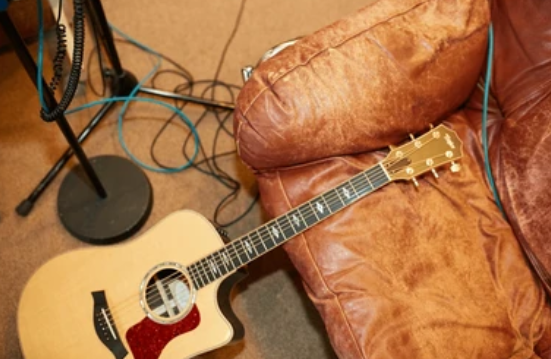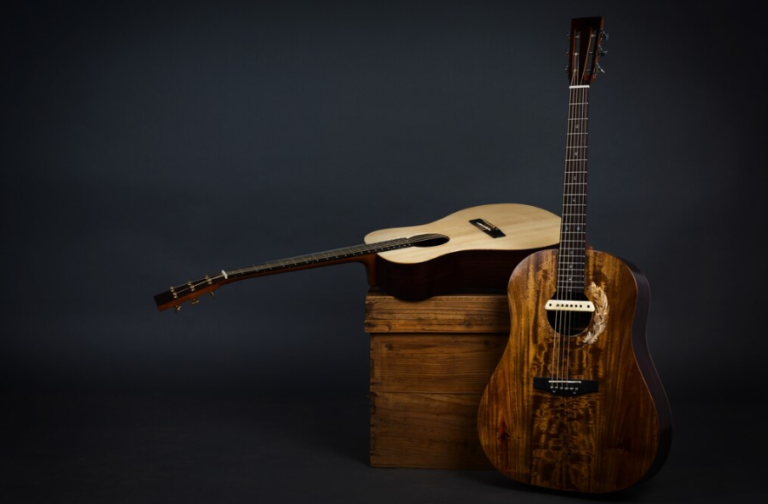How to Play Guitar Solos: Easy 7 Step Guide

Playing guitar solos might seem like a skill reserved for seasoned rockstars and expert musicians, but even beginners can start exploring the magic of soloing. With some basic techniques, you can add a whole new dimension to your guitar playing and build confidence as you create your own musical phrases. This guide will introduce you to the essentials of soloing, from mastering basic techniques like bending and sliding to learning how to structure your first simple solos. Ready to step into the spotlight? Let’s get started.
1. Start with the Pentatonic Scale: Your Solo Foundation
The pentatonic scale is the go-to scale for soloing, especially in rock, blues, and even pop music. For beginners, the A Minor Pentatonic Scale is a great starting point since it’s relatively easy to learn and is often used in countless popular songs.
Here’s the A Minor Pentatonic Scale:

Practice going up and down this scale slowly. The notes here are all “safe” notes for soloing in the key of A minor, so you can play them in any order, knowing they’ll sound good together. Once you’re comfortable with the scale shape, you’re ready to add some personality to your solos.
2. Bending: Adding Emotion to Your Notes
Bending is a technique that lets you “stretch” a note to reach a higher pitch, creating an expressive, vocal-like quality. To start:
- Place your finger on a note, like the 7th fret of the G string.
- Use two or three fingers to push the string up (or down) until it reaches the pitch of the next note in the scale.
- Listen carefully to match the sound to the target note, like bending from the 7th fret to the pitch of the 8th or 9th fret.
Tip: Always use your other fingers to help support the bend. This gives you better control and keeps the sound consistent.
Start small and focus on hitting your target pitch. With practice, bending becomes a great way to add emotion to your solos, allowing you to “speak” through your guitar.
3. Sliding: Smooth and Fluid Transitions
Sliding gives your playing a smooth, connected feel, allowing you to move between notes effortlessly.
To slide:
- Pick a note, say the 5th fret on the B string.
- While pressing down on the string, slide your finger up or down the fretboard to a target note, like the 8th fret.
- Keep pressing down as you move – the sound should be smooth without interruption.
Experiment with sliding both up and down the neck, moving from one note to another within the pentatonic scale. Sliding adds a professional touch to your solos and is perfect for creating smooth, fluid phrases.
4. Hammer-Ons and Pull-Offs: Creating Speed and Flow
Hammer-ons and pull-offs help you move between notes without constantly picking, making your solos faster and more fluid. Here’s how:
- Hammer-On: Pick a note, like the 5th fret on the B string. After playing the note, quickly press down on the next fret (for instance, the 8th fret) without picking again. The note should sound on its own, creating a connected feel.
- Pull-Off: Play a note and, while keeping another finger on a lower fret, pull your finger off the string, allowing the lower note to ring out.
Practicing these will improve your finger strength and help you create smooth, fast runs without having to pick each note individually.
5. Vibrato: Adding Texture and Depth
Vibrato is like a singer’s tremble – it makes your notes sound fuller and more interesting. To play vibrato:
- Press down on a note, like the 7th fret on the G string.
- Rock your finger back and forth, either up and down or side to side.
- Keep the movement small and controlled to create a subtle pitch change.
Vibrato is a technique that develops over time, but even a basic vibrato adds an expressive, professional touch to your solos. Experiment with different speeds and strengths to find your style.
6. Putting It All Together: Your First Solo
Now that you have these basic techniques down, it’s time to try putting them together into a solo! Start by improvising with the A Minor Pentatonic Scale, using bends, slides, hammer-ons, and pull-offs to add variety.
Here’s a sample solo to get you started:

Each technique here is marked:
- Hammer-On (h): Quick movement to the next note
- Slide (/): Smooth transition between notes
- Pull-Off (p): Release the note to play the next lower note
- Vibrato (~): Adds a subtle, shaking effect to hold a note
Take it slow, repeat until you’re comfortable, and remember to make each note count. Feel free to create your own solo by mixing these techniques in different orders – you might surprise yourself with what you come up with!
Wrapping Up: Practice, Patience, and Personal Style
Soloing isn’t about speed or complexity – it’s about expression. The more you practice these techniques, the more you’ll develop your unique style. Start small, build up slowly, and soon, you’ll find yourself crafting solos that sound truly your own.
Playing guitar solos can feel intimidating at first, but with these foundational techniques, you’re already on your way. Keep practicing, have fun, and remember – every great guitarist started right where you are now. Happy soloing!
Interested in taking your guitar skills to the next level? Click the below and book a free lesson with us! We’re committed to helping you express yourself freely on the guitar without endless scales and theory.
Author: Daniel Powers Jr, the founder of Real Brave™, serves as the chief inspiration to thousands of students in the Real Brave music instruction program. He’s also the visionary behind PracticePad™, an online platform for live one-on-one online music lessons, lesson tracking, and scheduling. Beyond his entrepreneurial pursuits, Daniel leads a non-profit organization that provides formerly homeless children with access to music education, making a profound impact on their lives. His unwavering dedication to music, innovation, and education continues to inspire individuals to reach their fullest potential while creating positive change in communities. Follow Real Brave on all the socials:
youtube.com/@realbraveinc
twitter.com/realbraveinc
https://www.tiktok.com/@realbraveinc
instagram.com/realbraveaudio
facebook.com/realbraveinc






